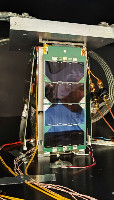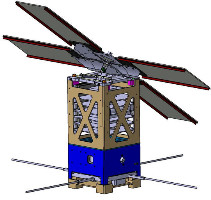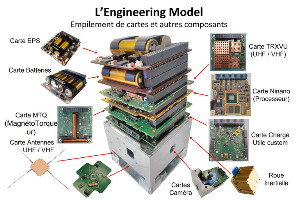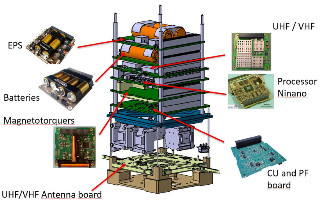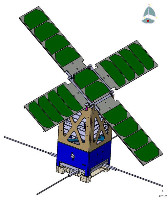| Spacecraft | CASAA-Sat (Casaasat) |
|---|---|
| Type | CubeSat |
| Units or mass | 2U |
| Status | Launch failure |
| Launched | 2024-12-27 |
| NORAD ID | Launch failure |
| Deployer | ? |
| Launcher | Lijian-1 |
| Entity name | Université d'Aix - Marseille |
| Institution | University |
| Entity type | Academic / Education |
| Nation | France |
| Oneliner |
Characterize the Magnetic Anomaly of the South Atlantic (a particle sensor and a tiny camera). |
| Description | |
| Sources | [1] [2] [3] [4] [5] [6] |
| Photo sources | [1] [2] |
Last modified: 2024-12-28
